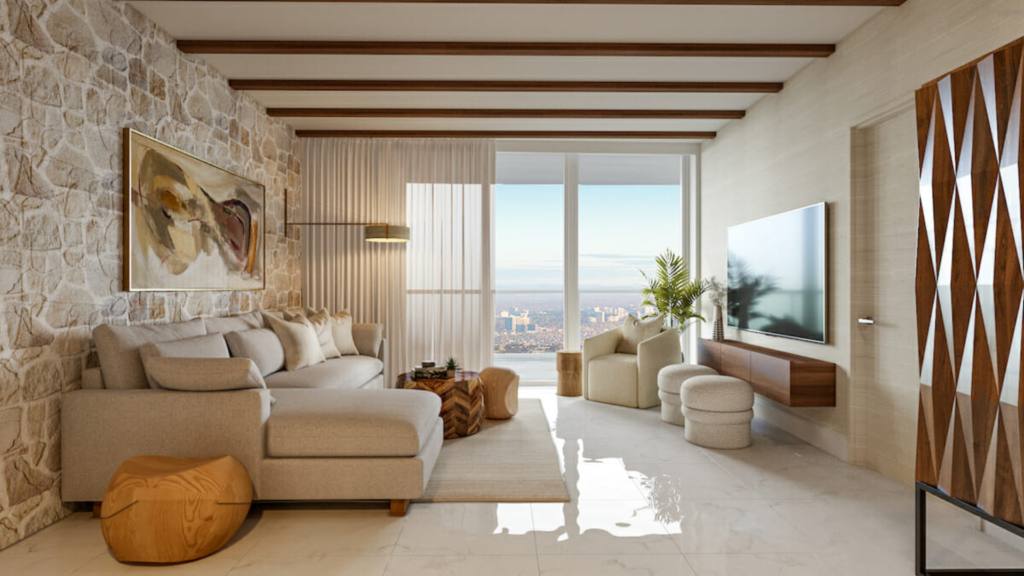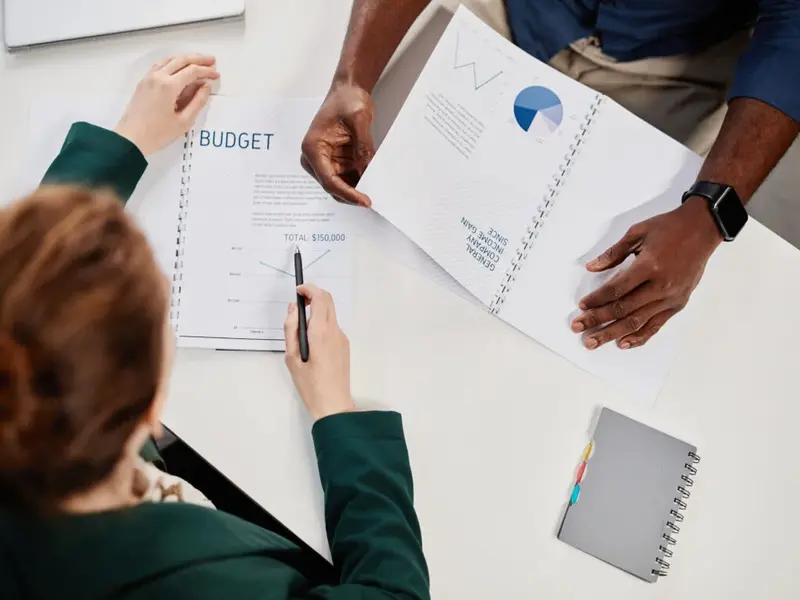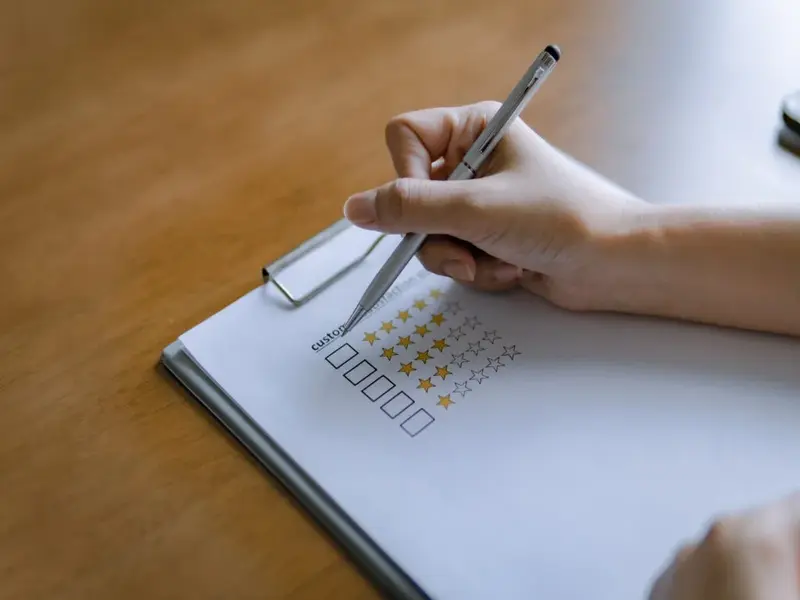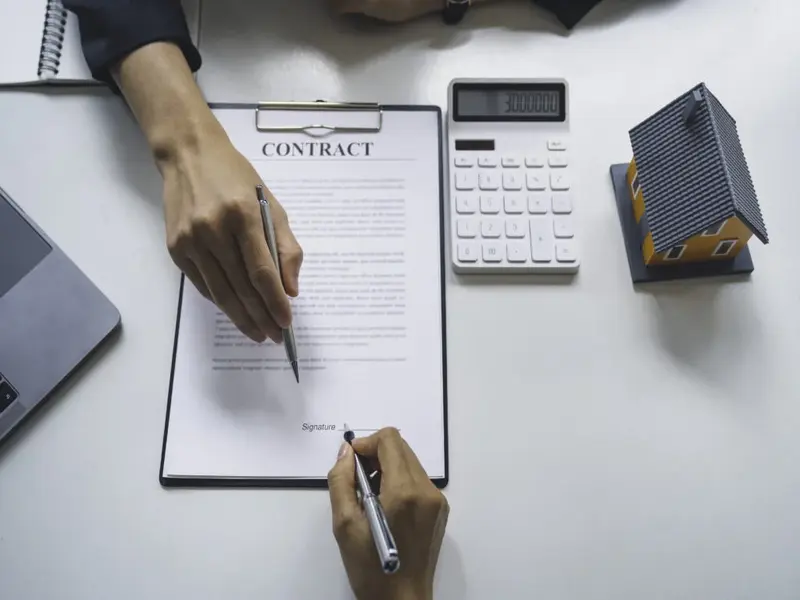How to Choose the Best Interior Designer: A Comprehensive Guide by Hashtagdesignstudio

Selecting the right interior designer can make a significant difference in achieving the home of your dreams. Whether you’re redesigning a single room or planning a complete home makeover, a skilled interior designer can bring your vision to life with expertise, creativity, and attention to detail. However, with so many professionals to choose from, how do you find the best fit for your project? This comprehensive guide will walk you through the process of choosing the best interior designer, covering essential considerations, tips, and steps to ensure a successful collaboration.
1. Define Your Goals and Budget
Before you start searching for an interior designer, it’s essential to have a clear understanding of your needs and budget.
Define Your Goals:
- Scope of Work: Determine the extent of the project. Are you redesigning a single room, multiple rooms, or your entire home?
- Style Preferences: Identify your preferred design style. Do you lean towards modern, traditional, minimalist, or eclectic design? Learn more about different design styles on Houzz.
- Functional Requirements: Consider any specific functional needs, such as storage solutions, accessibility features, or eco-friendly materials.
Set a Budget:
- Overall Budget: Establish a realistic budget for the project, including design fees, materials, and labor costs. Find tips on setting a budget on HGTV.
- Allocation: Allocate the budget to different aspects of the project, such as furniture, lighting, and decor.

Having a clear vision and budget will help you communicate your expectations to potential designers and ensure that you find a professional who can work within your parameters.
2. Research and Gather Recommendations
Start your search by gathering recommendations and conducting research to identify potential designers.
Sources of Recommendations:
- Friends and Family: Ask friends, family, and colleagues for recommendations based on their experiences with interior designers.
- Online Reviews: Browse online review platforms like Yelp, Houzz, and Google Reviews to read client testimonials and ratings.
- Social Media: Follow interior designers and design firms on social media platforms like Instagram, Pinterest, and LinkedIn to see their work and client interactions.
Research Tips:
- Portfolios: Review portfolios on designers’ websites to assess their style, creativity, and range of projects.
- Credentials: Check for credentials and affiliations with professional organizations, such as the American Society of Interior Designers (ASID) or the International Interior Design Association (IIDA).
- Experience: Consider the designer’s experience and track record in handling projects similar to yours.

Compiling a list of potential designers based on recommendations and research will give you a strong starting point for your selection process.
3. Evaluate Portfolios and Style Compatibility
Reviewing portfolios is a crucial step in determining whether a designer’s style aligns with your vision.
Portfolio Evaluation:
- Design Aesthetic: Assess the designer’s aesthetic to see if it matches your preferences. Look for consistency in quality and creativity.
- Project Range: Evaluate the range of projects in the portfolio. Ensure the designer has experience with the type of project you’re planning. Learn more on Elle Decor.
- Attention to Detail: Pay attention to the details in the projects, such as color schemes, furniture selection, and layout. This will give you insight into the designer’s attention to detail and craftsmanship.
Style Compatibility:
- Visual Harmony: Look for a visual harmony between the designer’s work and your design goals. This includes elements like color palettes, textures, and overall ambiance.
- Flexibility: Consider the designer’s ability to adapt their style to suit different clients’ needs. A versatile designer can create a personalized space that reflects your unique taste.

Evaluating portfolios and ensuring style compatibility will help you narrow down your list to designers who can bring your vision to life.
4. Conduct Interviews and Consultations
Once you’ve shortlisted potential designers, schedule interviews or consultations to get to know them better and discuss your project in detail.
Interview Tips:
- Preparation: Prepare a list of questions to ask during the interview. Focus on topics like design philosophy, project approach, and communication style. Find more tips on Real Simple.
- Experience: Inquire about the designer’s experience with projects similar to yours. Ask for examples and references from past clients.
- Process: Understand the designer’s process, including how they develop concepts, source materials, and manage timelines.
- Communication: Assess the designer’s communication skills and responsiveness. Clear and open communication is essential for a successful collaboration.
Consultation Insights:
- Initial Ideas: During the consultation, share your design goals and see how the designer responds with initial ideas and suggestions.
- Budget and Timeline: Discuss your budget and timeline to ensure the designer can work within your parameters.
- Compatibility: Observe the designer’s demeanor and attitude. It’s important to feel comfortable and confident in their ability to understand and execute your vision.

Conducting interviews and consultations will help you gauge the designer’s compatibility, expertise, and commitment to your project.
5. Check References and Reviews
Before making a final decision, it’s crucial to check references and read reviews to get a better understanding of the designer’s work ethic and client satisfaction.
Reference Check:
- Past Clients: Request references from past clients and contact them to inquire about their experiences with the designer.
- Project Outcomes: Ask about the outcomes of the projects, including the quality of work, adherence to timelines, and overall satisfaction.
- Challenges: Inquire about any challenges faced during the project and how the designer addressed them.
Review Evaluation:
- Online Reviews: Read online reviews on platforms like Yelp, Houzz, and Google Reviews. Look for patterns in the feedback, both positive and negative.
- Social Media: Check for client testimonials and interactions on the designer’s social media profiles.

Checking references and reviews will provide valuable insights into the designer’s professionalism, reliability, and ability to deliver satisfactory results.
6. Discuss Fees and Contracts
Understanding the designer’s fee structure and contractual terms is essential to avoid any misunderstandings or surprises down the line.
Fee Structure:
- Hourly Rate: Some designers charge an hourly rate for their services. Ensure you understand the estimated hours required for your project.
- Flat Fee: Others offer a flat fee for the entire project. Clarify what is included in this fee and any additional costs that may arise.
- Percentage of Budget: Some designers charge a percentage of the total project budget. Make sure you understand how this will be calculated and any potential fluctuations.
Contract Terms:
- Scope of Work: Clearly define the scope of work in the contract, including design services, project management, and procurement.
- Payment Schedule: Outline the payment schedule, including deposits, milestones, and final payment.
- Timeline: Establish a timeline for the project, including key milestones and deadlines.
- Cancellation Policy: Understand the cancellation policy and any associated fees.

Discussing fees and contracts upfront will ensure transparency and help you avoid any financial or contractual issues during the project. Learn more on The Spruce.
7. Assess Communication and Collaboration
Effective communication and collaboration are critical for a successful interior design project. Assess the designer’s communication style and their ability to collaborate with you and other stakeholders.
Communication Tips:
- Regular Updates: Confirm how often the designer will provide updates on the project’s progress.
- Preferred Channels: Discuss preferred communication channels, such as email, phone, or in-person meetings.
- Responsiveness: Evaluate the designer’s responsiveness and ability to address your questions and concerns promptly.
Collaboration Insights:
- Teamwork: Understand how the designer collaborates with contractors, suppliers, and other professionals involved in the project.
- Client Involvement: Determine the level of client involvement the designer expects and how they incorporate your feedback and ideas.
- Problem-Solving: Assess the designer’s problem-solving skills and ability to handle unexpected challenges.

Effective communication and collaboration will ensure a smooth and efficient design process, leading to a successful project outcome. Find more tips on Architectural Digest.
8. Review Design Proposals
Before finalizing your decision, review design proposals from the shortlisted designers. This will give you a clearer understanding of their vision for your space.
Proposal Elements:
- Design Concept: Review the overall design concept and how it aligns with your goals and preferences.
- Mood Boards: Evaluate mood boards that showcase the proposed color schemes, materials, and decor elements.
- Floor Plans: Assess detailed floor plans and furniture layouts.
- Material Selection: Review the proposed materials and finishes for furniture, flooring, and other elements.
- 3D Renderings: Consider any 3D renderings or visualizations that provide a realistic view of the final design.

Reviewing design proposals will help you visualize the designer’s ideas and make an informed decision based on their creative approach and attention to detail. Learn more on Better Homes & Gardens.
9. Trust Your Instincts
While it’s important to consider all the practical aspects, trusting your instincts is also crucial when choosing an interior designer.
Instinct Tips:
- Comfort Level: Choose a designer you feel comfortable with and confident in their abilities.
- Gut Feeling: Trust your gut feeling about the designer’s personality, communication style, and approach to your project.
- Alignment: Ensure there is a strong alignment between your vision and the designer’s interpretation.

Trusting your instincts will help you choose a designer who not only meets your criteria but also resonates with your personal style and preferences.
Conclusion
Choosing the best interior designer is a critical decision that can significantly impact the success of your project. By following this comprehensive guide, you can navigate the selection process with confidence and find a designer who aligns with your vision, budget, and needs. From defining your goals and researching potential designers to conducting interviews and reviewing proposals, each step is essential to ensuring a successful collaboration and achieving the home of your dreams. Happy designing!
